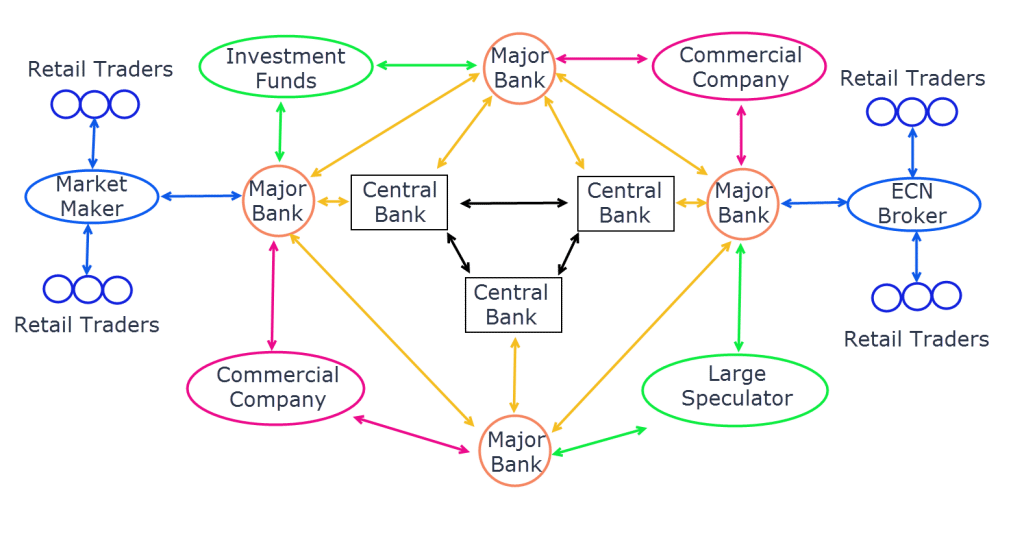The labyrinthine world of foreign exchange (forex) trading can be baffling to navigate, especially for uninitiated investors. Unraveling the enigmatic web of forex charts is a crucial step towards unlocking the path to informed decision-making. These visual representations serve as a beacon of insight, guiding traders through the turbulent waters of currency fluctuations.

Image: www.tradingwithrayner.com
Within the intricate tapestry of forex graphs lies a universe of information, waiting to be decoded. They paint a vivid depiction of currency value patterns over time, highlighting trends, oscillations, and pivotal economic events. By mastering the art of chart interpretation, traders can harness this vital knowledge to identify potential market opportunities and mitigate risks.
Understanding Forex Graphs: The Foundation
A forex graph is a two-dimensional representation of currency fluctuations, where the vertical axis depicts the value of one currency against another, typically referred to as a currency pair. These graphs are plotted over time, usually in intervals ranging from seconds to months, revealing intricate patterns that can inform trading strategies.
The horizontal axis represents the time frame under analysis, while the vertical axis displays the price of the base currency relative to the quote currency. The base currency is positioned on the left side of the currency pair (e.g., in EUR/USD, Euro is the base currency), denoting how many units of the quote currency are required to purchase one unit of the base currency.
Chart Types: Unveiling Different Perspectives
The forex market offers an array of chart types, each providing a unique vantage point on market dynamics. Understanding the nuances of these charts is imperative for astute decision-making.
Line Charts: The simplest yet effective chart type, line charts connect data points over time, showcasing general trends and fluctuations. They offer a clear overview of closing prices and can facilitate the identification of support and resistance levels.
Bar Charts: In contrast to line charts, bar charts depict the open, high, low, and close prices of each time interval. This intricate representation allows traders to glean a more comprehensive view of price action, gaining insights into market volatility and candlestick patterns.
Candlestick Charts: A unique visualization, candlestick charts present a wealth of information, incorporating elements of bar charts into a visually striking format. The rectangular “body” represents the range between the opening and closing prices, while “shadows” or “wicks” indicate the high and low prices.

Image: tradefx.co.za
How Do Forex Graphs Work
Technical Indicators: Illuminating Market Trends
Traders can delve deeper into the intricacies






